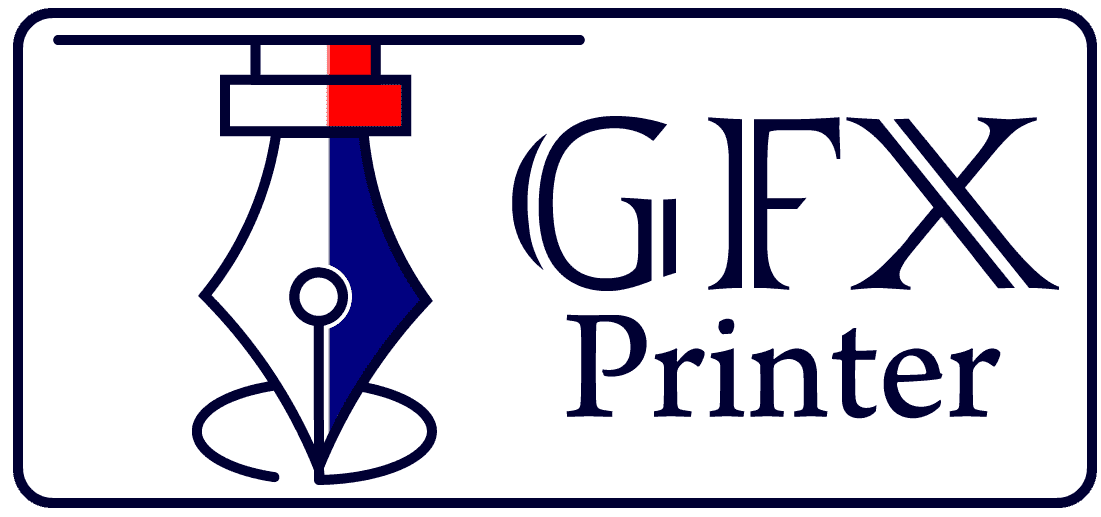3D printing known as the linear industry has come a long way in recent years and has the prospect to remodel the industry. It is a technology that has been earning rage in recent years. It allows for the design of cubic objects by building them layer by layer using a digital model. This process has a wide range of likely applications, from prototyping and little production to mass production and even personal use. In this blog post, we will explore the current state of 3D printing technology and its potential future applications in manufacturing.
Basic 3D printing
First, it is important to understand the basic principles of 3D printing. Unlike classic manufacturing methods, which involve cutting and shaping materials to create a final product, It builds objects layer by layer using a digital model. This process allows for more elasticity in design and can greatly reduce the amount of waste material.
Variety of 3D printing
Currently, 3D printing uses in a variety of industries, including aerospace, medical, and automotive. In the aerospace industry, It uses to create difficult engine parts and rocket parts in the medical field, 3D printing uses to create plastic surgery, implants, and surgical tools. In architecture, 3D printing uses to create scale models and even full-sized buildings. And in fashion, It uses to create unique and difficult jewelry and clothing designs. And in the automotive industry, 3D printing uses to create prototype parts and tools.
Major benefits
It may produce custom objects using 3D printing, which is one of its major benefits. This is mainly useful in the medical industry, where clients often require unique implants or plastic surgery. It also allows for the creation of products with complex geometries that would be difficult or impossible to produce using standard manufacturing methods.
Advantages of 3D printing
One of the biggest advantages of 3D printing is its power to create difficult geometries and customized products. Classic manufacturing methods, such as injection molding and CNC machining, limit the shapes they can produce and are not suitable for small batches or one-off production. On the other hand, It allows for the creation of difficult designs and unique products with minimal waste.
Another advantage of It is its power to greatly reduces the lead time for production. Traditional manufacturing methods can take weeks or even months to produce a final product. With This type of printing, a product can design and produce in a matter of days. This is especially useful for industries that require quick turnaround times, such as automotive and aerospace.
Potential application of 3D printing
One of the most exciting potential applications of 3D printing is in mass production. Currently, It mostly uses for prototyping and small-scale production. However, advancements in technology are making it possible to print larger and more complex objects at a faster rate. This could potentially lead to Its uses for mass production in industries such as automotive and aerospace.
In the future, it is likely that printing will become even more advanced and widely adopted in manufacturing. One potential application is the use of this type of printing in mass production. Currently, It uses for prototyping and small-scale production. However, advancements in technology are making it possible to print larger and more complex objects at a faster rate. This could potentially lead to 3D printing use for mass production in industries such as automotive and aerospace.
Another potential application of 3D printing in the future is the use of advanced materials. Currently, most of It is overusing plastic or metal. However, researchers working on developing new materials such as ceramics, glass, and even wood-like materials that can print. This could greatly expand the range of products that can produce using 3D printing.
It also has the potential to democratize manufacturing, allowing anyone with access to a 3D printer to produce their own products. This has the potential to greatly empower small businesses and individuals, as well as enable new business models such as on-demand production and local manufacturing.
Environmental impact of 3D printing
It is also important to consider the environmental impact of 3D printing. As printing becomes more widely adopted, it is important to ensure that the technology is used in an environmentally sustainable manner. Researchers are currently working on developing biodegradable and recycled materials for printing, as well as ways to reduce the energy consumption of the printing process. It is important to note that It is not without its challenges. One of the biggest challenges is the cost of the technology, as well as the cost of the materials. Additionally, It still has some limitations in terms of the size and complexity of the objects that can be produced, as well as the resolution and surface finish of the finished products.
Conclusion
It is a rapidly advancing technology with the potential to revolutionize the manufacturing industry. Its ability to create customized products, reduce lead time, and expand the range of materials used in manufacturing make it a promising technology for the future of 3D printing. While there are still some challenges to be addressed, such as environmental impact and mass production, it is clear that It is a technology that will play an increasingly important role in the manufacturing industry in the years to come.






